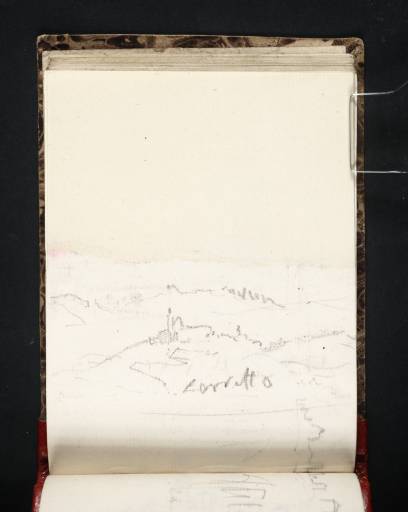References
How to cite
Hannah Kaspar, ‘The Sanctuary of Santa Casa in Loreto, from the North 1829’, catalogue entry, November 2024, in David Blayney Brown (ed.), J.M.W. Turner: Sketchbooks, Drawings and Watercolours, Tate Research Publication, February 2025, https://www

